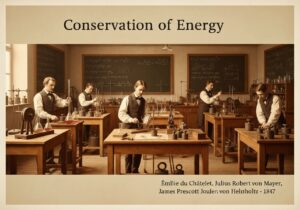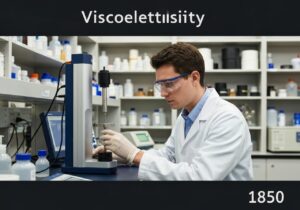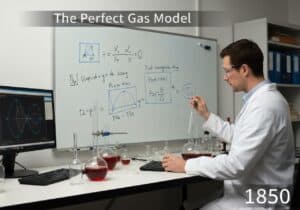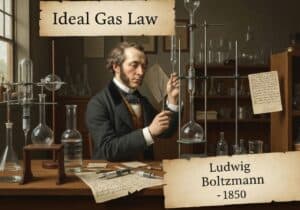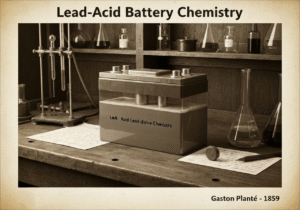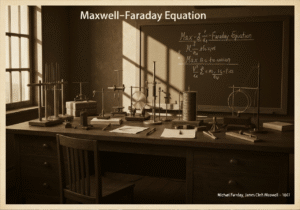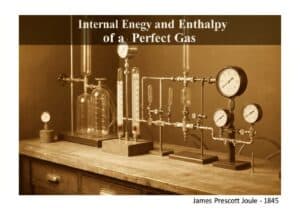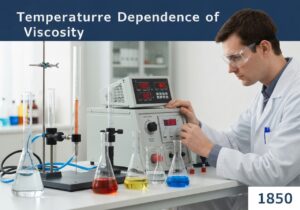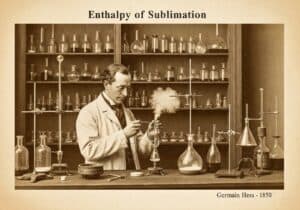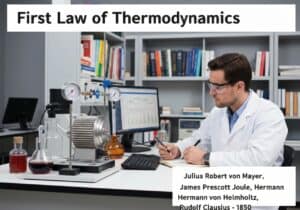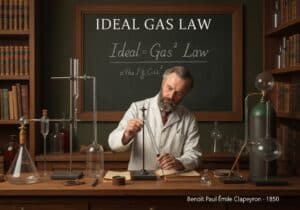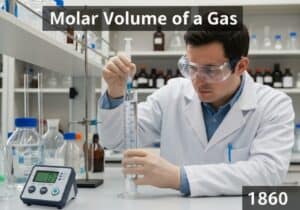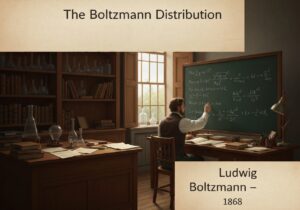The Second Law introduces the concept of entropy and defines the direction of spontaneous processes. It can be stated in several ways, but a key consequence is that the total entropy of an isolated system can never decrease over time. This law explains the ‘arrow of time’ and why processes are irreversible, such as heat spontaneously flowing from a hot body to a cold one.
Second Law of Thermodynamics
- Sadi Carnot
- Rudolf Clausius
- William Thomson (Lord Kelvin)
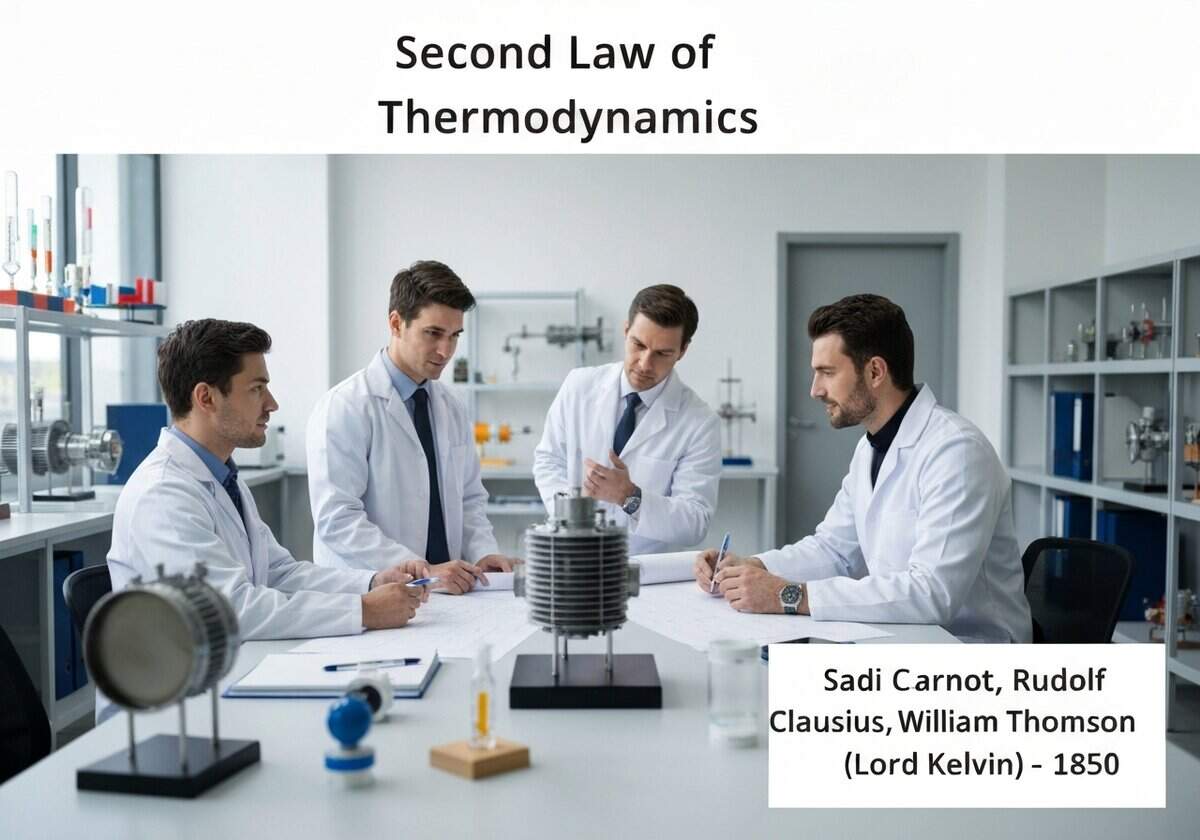
The Second Law is one of the most profound principles in science. One of its earliest formulations is the Clausius statement: ‘Heat can never pass from a colder to a warmer body without some other change, connected therewith, occurring at the same time.’ Another is the Kelvin-Planck statement: ‘It is impossible to devise a cyclically operating device, the sole effect of which is to absorb energy in the form of heat from a single thermal reservoir and to deliver an equivalent amount of work.’ Both statements forbid perpetual motion machines of the second kind.
The law’s novelty was the introduction of irreversibility into fundamental physics. While the First Law deals with energy conservation, the Second Law deals with energy quality and its inevitable degradation to less useful forms (waste heat). Ludwig Boltzmann later provided a statistical interpretation, defining entropy ([latex]S[/latex]) as a measure of the number of possible microscopic arrangements (microstates) that correspond to a system’s observed macroscopic state. The formula [latex]S = k_B \ln W[/latex] connects entropy to statistical probability, explaining that systems tend to evolve towards their most probable (highest entropy) state.
Typ
Unterbrechung
Verwendung
Vorläufersubstanzen
- Sadi Carnot’s work on the motive power of fire and the ideal heat engine cycle
- observations of the inherent inefficiency of steam engines
- the intuitive understanding that heat does not spontaneously flow from cold to hot
- development of probability theory and statistics by Laplace and others
Anwendungen
- design of efficient heat engines and refrigerators (Carnot efficiency)
- chemical engineering for predicting the spontaneity of reactions
- information theory, where shannon entropy is a measure of information content
- cosmology (the ‘heat death of the universe’ hypothesis)
- materials science for understanding disorder and phase transitions
Patente:
Mögliche Innovationsideen
!Professionals (100% free) Mitgliedschaft erforderlich
Sie müssen ein Professionals (100% free) Mitglied sein, um auf diesen Inhalt zugreifen zu können.
VERFÜGBAR FÜR NEUE HERAUSFORDERUNGEN
Maschinenbauingenieur, Projekt-, Verfahrenstechnik- oder F&E-Manager
Kurzfristig für eine neue Herausforderung verfügbar.
Kontaktieren Sie mich auf LinkedIn
Integration von Kunststoff-Metall-Elektronik, Design-to-Cost, GMP, Ergonomie, Geräte und Verbrauchsmaterialien in mittleren bis hohen Stückzahlen, Lean Manufacturing, regulierte Branchen, CE und FDA, CAD, Solidworks, Lean Sigma Black Belt, medizinische ISO 13485
Wir suchen einen neuen Sponsor
Ihr Unternehmen oder Ihre Institution beschäftigt sich mit Technik, Wissenschaft oder Forschung?
> Senden Sie uns eine Nachricht <
Erhalten Sie alle neuen Artikel
Kostenlos, kein Spam, E-Mail wird nicht verteilt oder weiterverkauft
oder Sie können eine kostenlose Vollmitgliedschaft erwerben, um auf alle eingeschränkten Inhalte zuzugreifen >Hier<
Historischer Kontext
Second Law of Thermodynamics
(wenn das Datum nicht bekannt oder nicht relevant ist, z. B. "Strömungsmechanik", wird eine gerundete Schätzung des bemerkenswerten Erscheinens angegeben)
Verwandte Erfindungen, Innovationen und technische Prinzipien
